Sequoia bonsai is the most unique, and it has special requirements, especially when they are in the water. This type of plant always requires moist soil, and they have self-pruning roots.
This is a type of tree that requires the outside environment to grow. If there is a very hot climate, then remember to keep them under shade and look to it that they always have enough moisture in them.
Do not let them dry, even for few minutes, because then it will cause damage to your bonsai. Also, the growing potential of these plants increases every year, which is a good advantage. But for that, they need rich nutrients and extreme care.
Let us look at some of the steps that will help you grow your sequoia bonsai.
Get Some Sequoia Seeds
So, the very first step is to get seeds. You can either harvest them or order them.
If you harvest the seeds, it will not be the most productive method, but its results would be very fruitful. Because it would be fun, from harvesting your seed to planting your tree. And you can even trace the genealogy of the harvested seed as the tree is grown by you.
If you are thinking about harvesting the seed, look for a sequoia tree that is matured enough. Because they have the highest possibilities for germination.
And if you do not want to harvest your seed, you can order them online or bring them from a nearby store.
Cold Stratification
The sequoia trees should be kept in a cold place so that their shell becomes softer just like the coniferous trees. You can keep them in the cold for at least a week.
To lift the seed democracy, have a paper towel or tissue in your hand, and the towel should be chemical-free. Grab gloves, take seeds, and keep them on a paper towel. Use a coffee filter to make sure that there is no perfume in it. Agar grabbing the gloves and taking the seas, now fold the filter in half and wet it. Also, place it sandwich bag leaving behind some air.
After the bag is completely wet, place it at room temperature at a dark spot. It would be best if you kept it at room temperature to make the seeds sprout. Open the bag after few days and see whether the seeds are sprouted or not. Keep following this process in continuation until the seedlings are grown completely and are ready to use.
Prepare the Soil.
This is the right time to fill the soil with seeds. Prepare small pots and fill them with the soil.
and seeds. If you want the best growth for your seedlings, then make sure that there is enough humidity. Even if the soil gets dry, it will cache the use death of seeds. Also, you should not add on much water and seedlings base because it will start rotting, and the plant will fall on the ground.
If you are worried about molds and fungal parasites, then take the potting and add fungicide to it. To place the sprouted seed, make a hole in the middle and put little water into it.
Watch for Seedlings.
Till now, the stem of your seedling must have made a red upside-down U shape. As soon as the first cotyledons start growing, the seed will envelop will eventually rise and fall.
A seedling has at least three to five cotyledons.
After few days, the leaves will start showing up to you. If your seedlings have performed so well at the beginning, that means it is less likely to stern rot.
More Light Should Be Exposed to Seedlings.
You should notice that after a few weeks’ branches.
will start growing. This indicates that now more sunlight can be exposed to them. You can now start moving your plants to a bright environment, but do not let the direct sunlight fall on them.
The last thing to remember is that soil should always be humid.
Transparent Sequoias Outside.
When the plants grow to at least stir or six inches tall, then it is a good option to get them out of the pot and let them grow directly in the ground. By doing this, you can make sure that the roots do not get dried, and it will have space for the roots to spread.
Once you have a good place, as in large, then you can let your SEQUOIA grow at its definitive spot. Also, do not forget to add the best quality fertilizers for their effective growth.
Tips for Your Sequoia Bonsai
Adjust the requirements for your plant as per the weather conditions. The needs of plant changes as per the weather changes.
Keep feeding the bonsai as per its needs,
because bonsai requires less water, and another kind of bonsai requires more water. Also, the fertilizer needs vary depending on the type of your plant.
Keep shaping and pruning your plant every few months. Also, keep the plant diameter in mind while shaping and pruning it.
Use good quality fertilizers, soil, and the overall materials required for the effective growth of the Sequoia bonsai.
Conclusion
By reading the above information, you must have understood various things and the steps you need to follow to grow your Sequoia bonsai. We wish you luck and hope you grow it as per the information mentioned above.
You can also consult an expert for the same. Also, always keep the soil moist and try to provide a good amount of sunlight. Harvest the seedlings well or buy good quality seedlings.
The seedlings of this plant are available in many regions, so you need to worry about the availability in your area. You will easily find it.
Also, remember that these trees do not survive indoors. They require an outdoor environment.

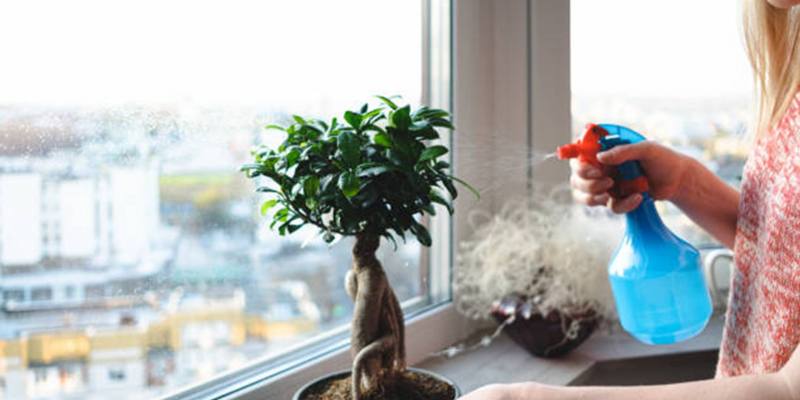



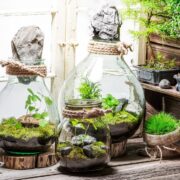
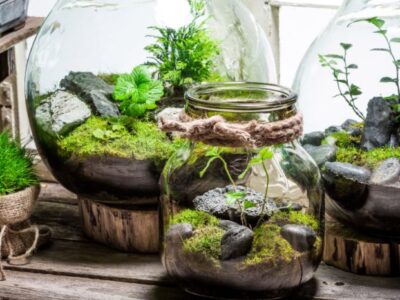

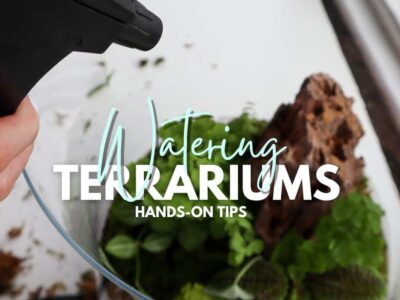
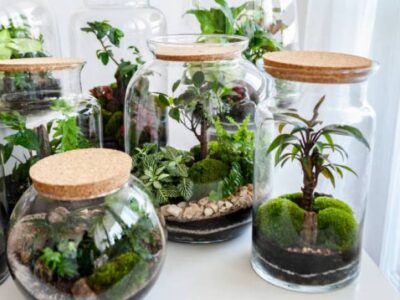
Comments